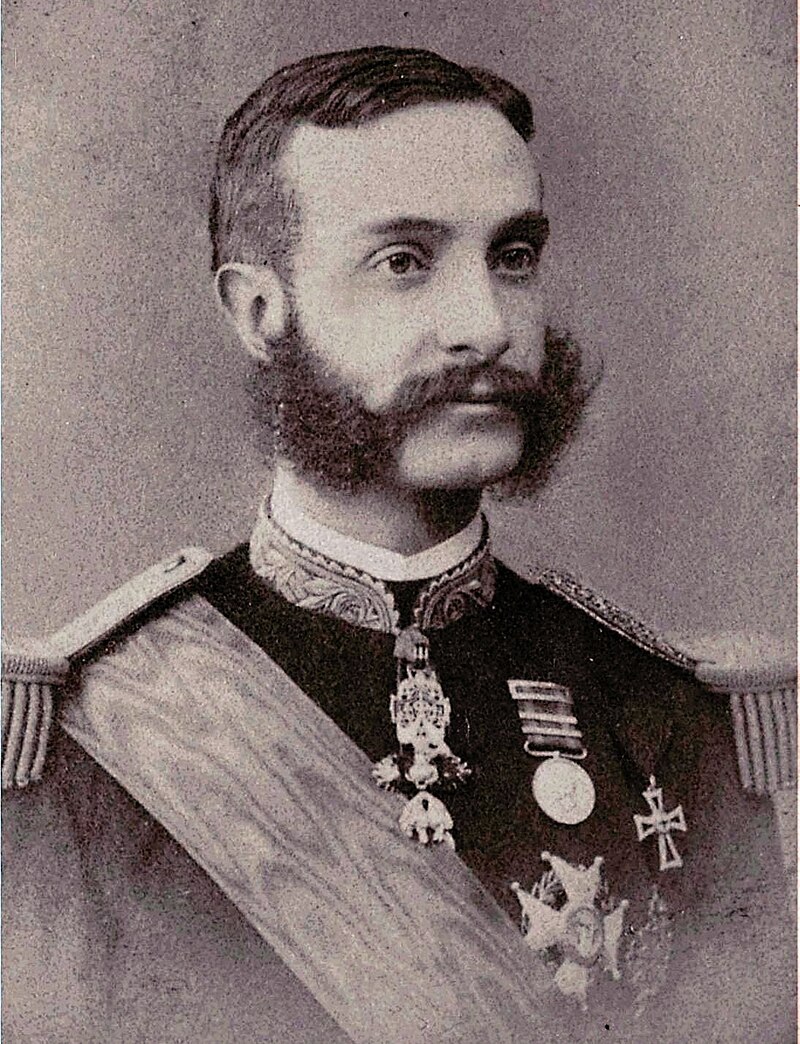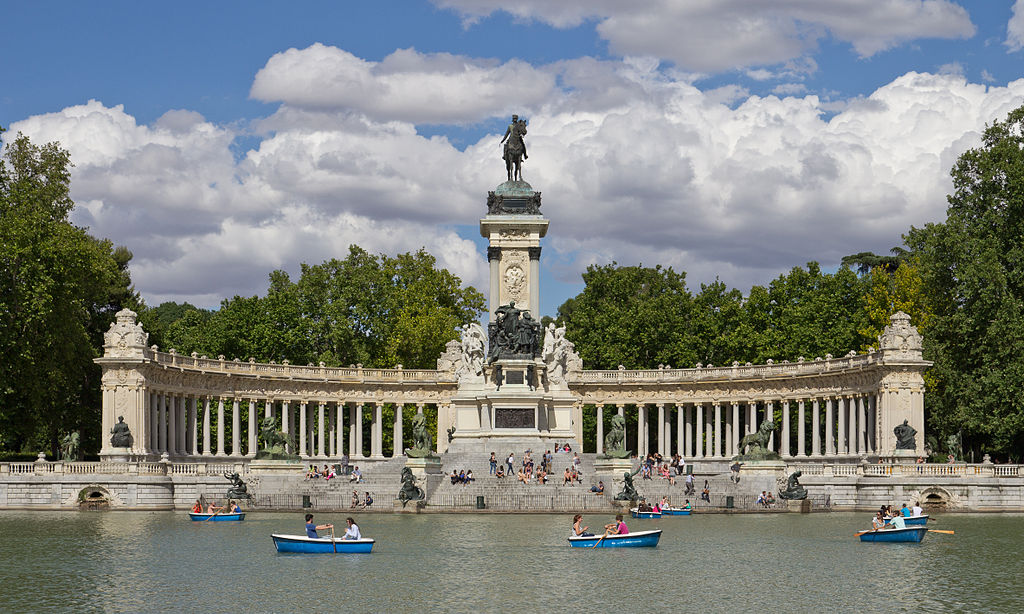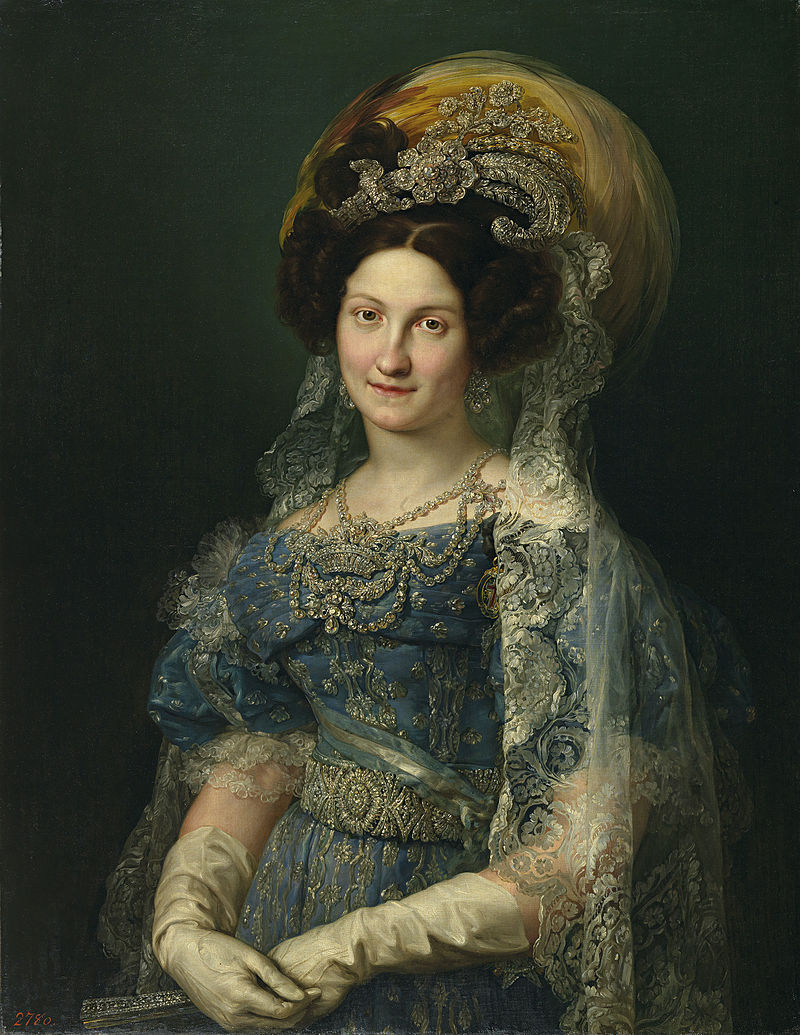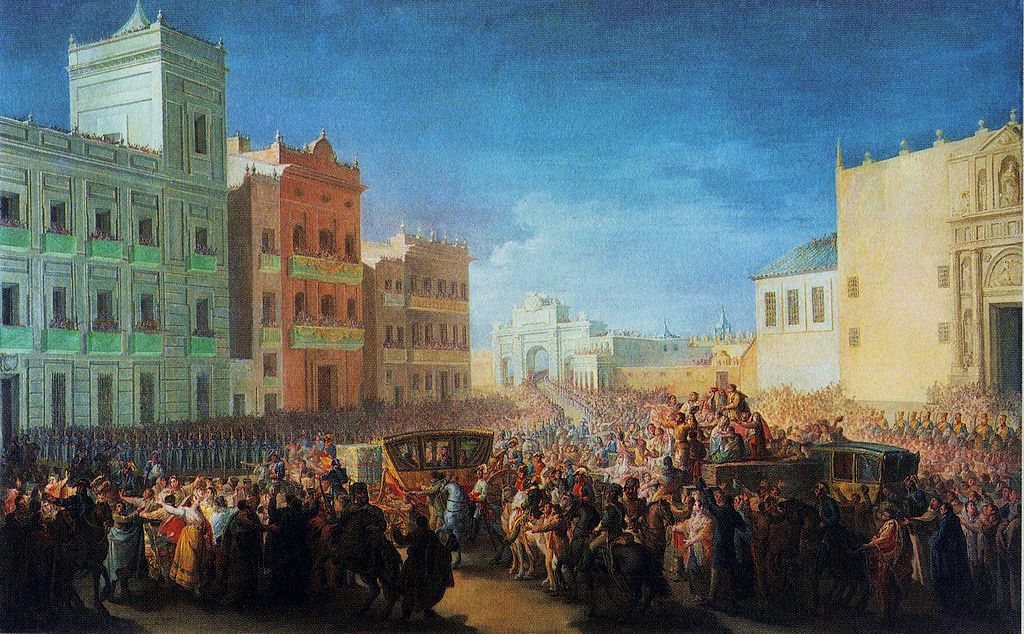by Scott Mehl
© Unofficial Royalty 2015

King Carl XIV Johan of Sweden/King Karl III Johan of Norway; Credit – Wikipedia
King Carl XIV Johan of Sweden/King Karl III Johan of Norway was born Jean Baptiste Bernadotte on January 26, 1763, in Pau, France. He was the youngest of five children of Jean Henri Bernadotte and Jeanne de Saint-Jean. He was educated to follow his father in the law profession but seems to have had no interest. Following his father’s death, Jean ended his studies and joined the military, where he quickly stood out for his courage and leadership. During the French Revolution, he rose quickly through the ranks, attaining the rank of Brigadier General in 1794.

Désirée Clary, 1807 portrait by Robert Lefèvre. source: Wikipedia
On August 16, 1798, Bernadotte married Bernardine Eugénie Désirée Clary, known as Désirée, whose sister Julie Clary was married to Joseph Bonaparte, Napoleon Bonaparte’s brother. Désirée had previously been engaged to Napoleon. They had one son:
- King Oscar I of Sweden and Norway, born Joseph François Oscar Bernadotte (1799 – 1859), married Princess Joséphine of Leuchtenberg, had four sons and one daughter
In 1804, Napoleon was proclaimed Emperor of France and appointed Bernadotte Marshal of France. He served for several months as Governor of the recently-occupied Hanover, and in December 1805, took part in the battle of Austerlitz. In recognition of his efforts at Austerlitz, Napoleon created Bernadotte Prince of Pontecorvo, a small principality in Italy.
Bernadotte’s relationship with Napoleon was often strained, but the Emperor respected Bernadotte greatly. Bernadotte often went against the Emperor’s orders during battle, at least once being stripped of his command. Despite this, he was later appointed Governor of Rome but never took up the position. Instead, he would find himself heading north to Sweden.
In 1809, King Carl XIII of Sweden ascended the throne of Sweden. He had no living children, and his adopted son and heir died the following year. The Swedes had the idea to offer the position of Crown Prince to one of Napoleon’s Marshals. Bernadotte was well-liked in Sweden, particularly because of his considerate treatment of Swedish prisoners during the recent war with Denmark. In addition, he had a connection to Napoleon and already had a son who could continue the succession. On August 21, 1810, the Swedish Riksdag of the Estates elected Bernadotte as Crown Prince. He arrived in Stockholm in November 1810 and was formally adopted by the King Carl III of Sweden, taking the name Carl Johan, and converting from Roman Catholicism to Lutheranism.
The new Crown Prince quickly took an active role in the Swedish government, particularly in the area of foreign policy. He was actively involved in the events leading up to the Treaty of Kiel in 1814, in which Denmark was forced to cede Norway to Sweden. Norway refused to accept the treaty at first, and the Crown Prince invaded, quickly suppressing the Norwegian forces. Soon, Norway became united with Sweden at the Convention of Moss. Unlike the previous union with Denmark, this was a personal union under a single sovereign, and Norway remained an independent state with its own constitution. The separate kingdoms of Sweden and Norway were under a common monarch from 1814 until its dissolution in 1905.

Coronation in Norway, painting by Jacob Munch. source: Wikipedia
King Carl XIII of Sweden/King Karl II of Norway died on February 5, 1818, and Bernadotte ascended the thrones of Sweden and Norway. His coronation in Sweden took place on May 11, 1818, at the Stockholm Cathedral (Storkyrkan) in Stockholm, Sweden and he took the name Carl XIV Johan. Thus began the Bernadotte dynasty in Sweden, which continues today. In September 1818, he was crowned at Nidaros Cathedral in Trondheim, Norway as King Karl III Johan of Norway.
Following his accession, the King soon lost much of his popularity with the Swedish and Norwegian people. In Norway, his role in the events of 1814 and his constant attempts to change the constitution to allow him great powers, caused him to be viewed skeptically by the people. His attempts to squash the celebrations of Norway’s National Day (May 17th) – going so far as making it illegal – further cemented the negative views of the Norwegians.
In Sweden, where he enjoyed much more power and control, his conservative almost autocratic views caused significant dissent among the population. By the 1830s, there were calls for his abdication, however, he held onto his throne and seems to have regained the respect of many of his subjects.

Tomb of King Carl XIV John and his wife Desiree. photo © Susan Flantzer
On his 81st birthday in January 1844, King Carl XIV Johan of Sweden/King Karl III Johan of Norway suffered a stroke, from which he never recovered. He died on March 8, 1844, at the Royal Palace of Stockholm. Following his funeral, he was interred at the Riddarholmen Church in Stockholm.
This article is the intellectual property of Unofficial Royalty and is NOT TO BE COPIED, EDITED, OR POSTED IN ANY FORM ON ANOTHER WEBSITE under any circumstances. It is permissible to use a link that directs to Unofficial Royalty.
Kingdom of Sweden Resources at Unofficial Royalty









































